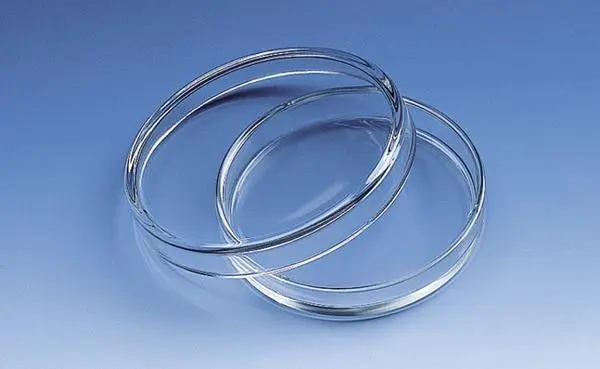When using transparent dishes for optical microscope observation, it is crucial to ensure the accuracy and clarity of the observation results. Transparent dishes play a vital role in providing a clear and unobstructed view of the specimen under the microscope. As such, it is essential to source these dishes from reliable and reputable suppliers and exporters who can guarantee the quality and transparency of their products.
Choosing a trustworthy transparent dishes supplier and exporter is the first step in ensuring the accuracy and clarity of microscope observations. It is important to select a supplier that specializes in providing high-quality, optically clear dishes specifically designed for microscopy applications. These dishes should be manufactured using materials that offer exceptional transparency and minimal distortion, ensuring that the observation results are as accurate and clear as possible.
When sourcing transparent dishes for microscope observation, it is advisable to look for suppliers and exporters who adhere to strict quality control standards. This includes ensuring that the dishes are free from defects such as scratches, bubbles, or uneven surfaces that could compromise the clarity of the observation. Additionally, reputable suppliers often provide detailed information about the optical properties of their dishes, including transparency levels and refractive indices, allowing researchers to make informed decisions based on their specific microscopy requirements.

In addition to selecting a reliable supplier, there are several best practices that can help ensure the accuracy and clarity of microscope observations when using transparent dishes. Proper handling and maintenance of the dishes are essential to minimize the risk of introducing artifacts or distortions during the observation process. This includes storing the dishes in a clean and dust-free environment, as well as using gentle cleaning methods to prevent scratches or damage to the transparent surfaces.
Furthermore, it is important to consider the compatibility of the transparent dishes with the specific microscopy techniques being employed. Different types of microscopy, such as phase contrast or fluorescence microscopy, may require specialized dishes with unique optical properties to optimize the observation results. Working closely with the supplier to select the most suitable dishes for the intended microscopy applications can significantly enhance the accuracy and clarity of the observations.
Collaborating with experienced suppliers and exporters of transparent dishes can also provide access to valuable expertise and support. These professionals can offer guidance on selecting the most appropriate dishes for specific research needs, as well as provide insights into optimizing the observation conditions to achieve the best results. By leveraging the knowledge and resources of reputable suppliers, researchers can enhance the quality and reliability of their microscope observations.
In conclusion, when using transparent dishes for optical microscope observation, ensuring the accuracy and clarity of the results begins with selecting a reliable supplier and exporter. By prioritizing quality, transparency, and adherence to strict standards, researchers can obtain dishes that are optimized for microscopy applications. Additionally, implementing best practices for handling, maintenance, and compatibility can further enhance the accuracy and clarity of microscope observations. Ultimately, by partnering with reputable suppliers and exporters, researchers can access the necessary tools and support to achieve precise and reliable results in their microscopy studies.
Post time: Apr-07-2024

